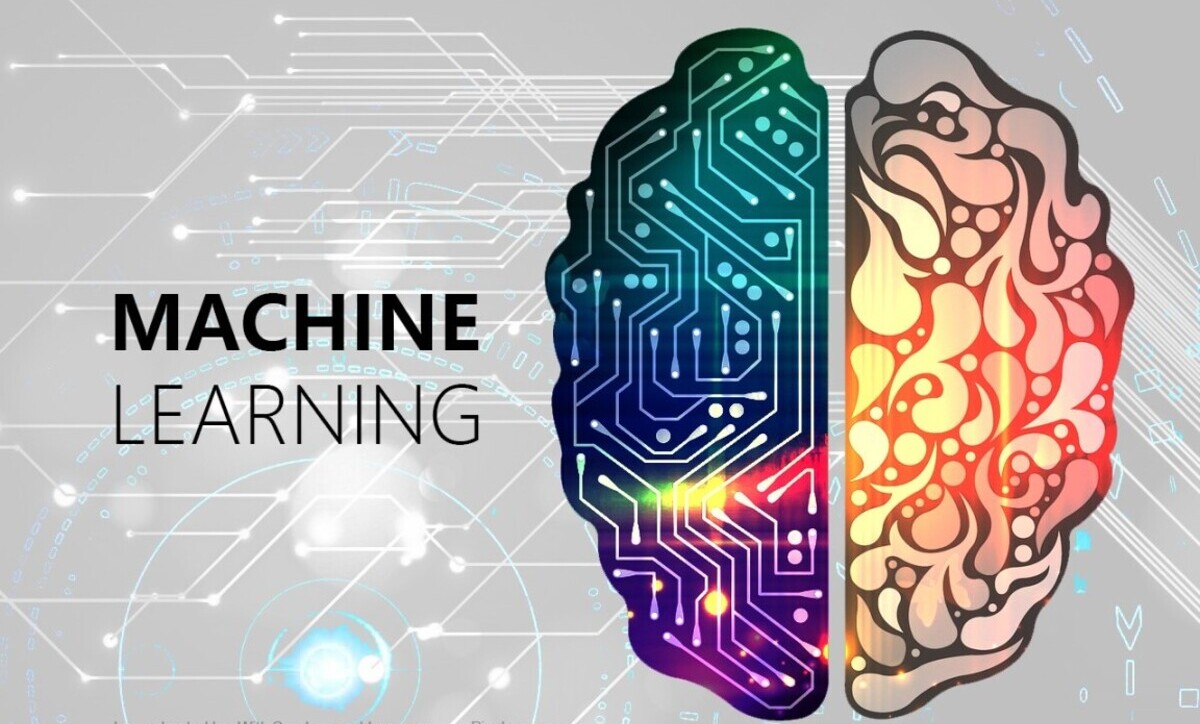Meeting the Demands of High-Volume Calculations
In the world of finance, decisions must be made quickly and with precision. Every day, institutions face countless variables—interest rates, market swings, global events—that can affect the value of their portfolios. Analyzing these risks takes serious computing power, and that’s where grid computing steps in.
Grid computing connects many machines across a network to perform large-scale processing tasks together. Instead of relying on a single system, institutions spread workloads across hundreds or thousands of nodes. This setup allows them to crunch massive data sets in parallel, saving time and increasing accuracy.
For risk analysis, this means faster results from simulations, better pricing models, and quicker response times when markets shift. The ability to act quickly gives financial teams an edge—and grid computing helps deliver that speed without compromising detail.
Supporting Complex Financial Simulations
One of the main uses of grid computing in finance is for Monte Carlo simulations. These are used to predict how assets might behave under different scenarios. They require millions of random inputs and repetitive calculations, making them ideal for parallel computing environments.
With grid computing, each node can run a slice of the simulation independently. Once complete, the results are gathered and averaged to assess potential risks. This approach cuts down on runtime and allows simulations to include more variables, leading to better forecasting.
Simulations aren’t just for stock prices. They can model interest rate fluctuations, credit exposure, liquidity constraints, and operational risk. The more factors included, the more demanding the job becomes—and the more helpful a grid-based system is.
Managing Credit Risk at Scale
Credit risk analysis involves assessing the likelihood that borrowers will default. For banks and lenders, this process spans thousands of accounts and deals. Each must be assessed using current data and scoring models. Grid computing handles this scale efficiently.
By distributing data across multiple nodes, systems can analyze portfolios in parallel. Each machine runs calculations for a subset of accounts, then reports back. This speeds up model execution and allows for daily or even real-time updates.
In practice, this means faster loan approvals, up-to-date ratings, and better oversight of exposure across the institution. It also helps firms meet internal policy deadlines and comply with external regulatory requirements.
Enhancing Value at Risk (VaR) Calculations
Value at Risk (VaR) measures the potential loss a portfolio might face under normal market conditions. It’s a core part of financial risk strategy. But running VaR reports can be time-consuming—especially for large firms managing global assets.
Grid computing accelerates this process. Institutions assign different portions of the portfolio to separate nodes. Each one calculates potential losses under various scenarios. These results are then merged into a final report that provides a snapshot of the institution’s exposure.
By running VaR overnight or during trading hours, institutions gain timely insights. This helps them react faster and more confidently. They can rebalance portfolios, adjust limits, or shift strategies based on up-to-date risk assessments.
Supporting Real-Time Stress Testing
Stress testing looks at how institutions would fare in extreme conditions—market crashes, interest spikes, or sudden liquidity freezes. These scenarios require fast modeling and broad data integration. Grid computing provides the power to run these tests quickly and often.
Each node processes a different scenario or applies different assumptions to the same data. This allows financial teams to evaluate how robust their portfolios are under stress without long delays. Results can be generated daily or even intra-day.
The insights gained help with planning and compliance. Regulators may ask for frequent updates, especially during volatile periods. With a grid-based system, institutions can meet these requests with confidence and deliver detailed breakdowns within hours, not days.
Improving Model Accuracy With More Iterations
Models in finance often rely on simplifications. But as computing power increases, institutions can add more detail. Grid computing allows analysts to increase the number of iterations or variables in their models without slowing down the process.
This leads to better outcomes. Pricing becomes more precise, forecasts more reliable, and strategies more data-driven. For example, in option pricing, finer granularity in volatility surfaces or market correlations leads to tighter estimates and smarter hedging.
Instead of trading off between speed and detail, firms can have both. They gain deeper insight while still meeting the fast turnaround times demanded by decision-makers and clients.
Handling Massive Volumes of Market Data
Financial institutions rely on live market feeds, economic indicators, news events, and internal performance data. Processing this stream takes more than just storage—it requires active computing power that can digest and act on information quickly.
Grid computing helps manage these data feeds by breaking them into smaller tasks. Each node can clean, normalize, and process a chunk of the data. Using structured risk assessment frameworks like the MOSAR method can further enhance reliability by identifying potential points of failure across distributed systems. Once processed, the results are pushed to models or dashboards in near real time.
This makes monitoring easier. Risk systems can flag issues faster, portfolios can update valuations on the fly, and alerts can be sent without delay. For traders and analysts, that speed means better timing and fewer surprises.
Reducing Operational Risk Through Automation
Manual systems can lead to errors—missed updates, incorrect formulas, or timing mismatches. Grid computing supports automated pipelines for risk analysis, reducing the chance of human mistakes. Jobs run on set schedules and follow defined rules, ensuring consistency.
If a node fails, the system can reroute the task. If data changes mid-process, only the affected portion is recalculated. These features keep risk assessments stable and reliable, even under pressure.
Automation also frees up staff. Risk analysts can focus on reviewing results and strategy, not babysitting processes. That shift from managing systems to interpreting data adds value across the organization.
Supporting Regulatory Compliance and Reporting
Financial institutions are under constant scrutiny from regulators. They must prove that their risk models are accurate, up to date, and regularly tested. Grid computing allows firms to run the necessary tests and generate reports without overwhelming their infrastructure.
Reporting deadlines can be tight. Grid setups allow different sections of a report to be compiled in parallel. This reduces delays and helps firms stay in line with laws like Basel III, Dodd-Frank, or regional banking regulations.
Fast reporting also improves transparency. Stakeholders and internal teams can get answers quickly when needed. This makes audits smoother and builds trust between firms and oversight bodies.
Enabling Smarter Risk Decisions
At its core, grid computing helps financial institutions do more with their data. It supports high-volume tasks like simulation, forecasting, and stress testing. It turns complex calculations into fast, usable insights that inform daily decisions.
Firms gain a clearer view of where they stand. They can spot trends sooner, adjust their strategies faster, and reduce exposure before problems grow. That visibility makes them more responsive in fast-changing markets.
The ability to analyze risk thoroughly and quickly gives institutions confidence. And with that confidence comes smarter decisions that protect their assets and grow their business.



